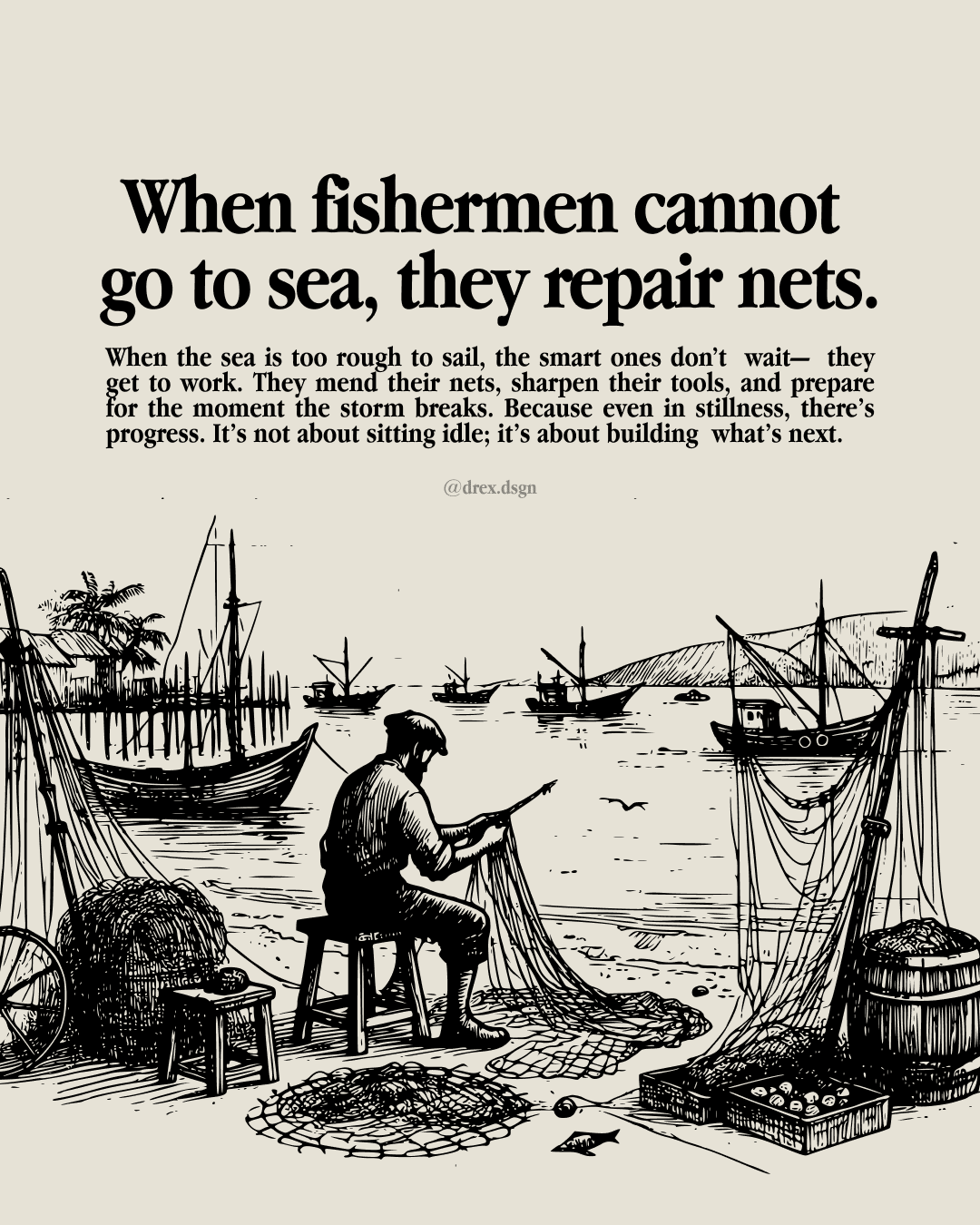Are You Ready For Your Favorable Wind?
Today at a Glance
What’s a Rich Text element?
The rich text element allows you to create and format headings, paragraphs, blockquotes, images, and video all in one place instead of having to add and format them individually. Just double-click and easily create content.
Static and dynamic content editing
A rich text element can be used with static or dynamic content. For static content, just drop it into any page and begin editing. For dynamic content, add a rich text field to any collection and then connect a rich text element to that field in the settings panel. !
- ml;xsml;xa
- koxsaml;xsml;xsa
- mklxsaml;xsa
How to customize formatting for each rich text
Headings, paragraphs, blockquotes, figures, images, and figure captions can all be styled after a class is added to the rich text element using the "When inside of" nested selector system.
I stumbled across a great post recently:
When fisherman cannot go to sea, they repair nets. When the sea is too rough to sail, the smart ones don’t wait—they get to work. They mend their nets, sharpen their tools, and prepare for the moment the storm breaks. Because even in stillness, there’s progress.
It reminded me of a story from the American Revolution in Ron Chernow’s Pulitzer Prize-winning biography of George Washington:
On the evening of August 29, 1776, just weeks after the Declaration of Independence was signed, George Washington and his army were cornered in Brooklyn, trapped between the East River and the advancing British troops.
A devastating defeat seemed inevitable—one that would have been particularly damning for the Americans given the fragile state of public sentiment this early in the war.
But nature had different plans. First, rain slowed the British advance, buying precious time for Washington’s troops to prepare a plan. Then, under cover of darkness, Washington began a slow, silent evacuation. Oars were wrapped in cloth to muffle the sound and fires were lit by the small remaining contingent throughout the night to deceive the British into thinking the troops hadn’t moved.
By dawn, the remaining few, including Washington himself, still hadn’t crossed. Just when they thought they’d be captured, a thick fog rolled in and they slipped away unnoticed.
While far from a victory, the daring escape allowed the Americans to fight another day.
When I first read it, I couldn’t help but think of one important lesson:
Washington was prepared for the favorable wind.
He couldn’t have predicted it, but when the wind turned, he and his men were ready to take advantage.
It applies far beyond the battlefield…
In life, you can’t predict when your “favorable wind” will come. When chance, opportunity, or timing will finally bend your way.
But you can prepare for when it inevitably does.
Are you prepared for your favorable wind?
Are you waiting idly for your moment to come? Or are you working to be ready for it? Are you sharpening your tools? Building your skills? Honing your craft?
Because when the wind finally breaks in your favor, it’s too late—you‘re either ready, or you’re not.
As Louis Pasteur famously said, “Chance favors only the prepared mind.”
Preparation converts chance into results.
It separates those who marvel at the wind from those who ride it into the future.
















